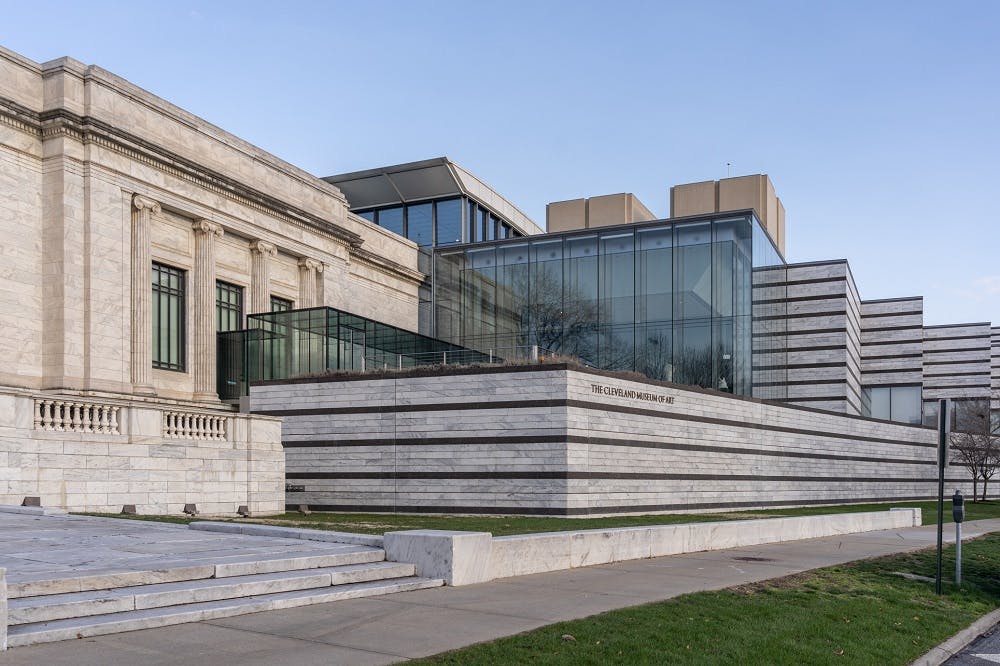Cleveland Museum of Art to Auction Monet's Wheat Field (1881)
- Press Release

Contact the Museum's Media Relations Team:
(216) 707-2261
marketingandcommunications@clevelandart.org
Impressionist and Modern art sale to take place November 5 in New York
CLEVELAND (September 28, 2012) – As part of the ongoing review of its collections, the Cleveland Museum of Art has identified Claude Monet's painting Wheat Field (1881) for deaccession through public auction. In keeping with the museum's policy and the accepted guidelines established by the AAMD, all proceeds from the sale of this artwork will be used for future art acquisitions. The decision to deaccession this work was recommended by museum curatorial and senior staff and the motion was passed unanimously by the museum's Board of Trustees collection committee.
"The Cleveland Museum of Art is recognized throughout the world for the caliber of its collection, and our process of selectively acquiring works of art," said David Franklin, the Sarah S. and Alexander M. Cutler Director of the Cleveland Museum of Art. "By completing this sale through a public auction, we bring transparency to the process."
Wheat Field was one of two Monet paintings given to the museum in 1947 as unrestricted gifts by the same donor and has been identified for deaccessioning for various reasons, including the relative strength of the museum's holdings of other works by the same artist and collection refinement. The Cleveland Museum of Art retains five works by Monet in its permanent collection: Water Lilies (Agapanthus); The Red Kerchief; Spring Flowers; Low Tide at Pourville, near Dieppe, 1882; and Gardener's House at Antibes, all of which are iconic examples of Monet's characteristic techniques and subject matter and span the arc of the artist's career. These paintings are now on view in the Cleveland Museum of Art's Impressionist galleries.
Wheat Field, or Champ de Blé (1881), is one of two works in the collection that Monet painted during the same period in his career. Low Tide at Pourville, near Dieppe, 1882 entered the collection at the same time as Wheat Field, and other significant gifts and purchases of Monet's work followed, securing Monet's status as an anchor within the collection. Proceeds from the sale of the Wheat Field will fund future acquisitions, and will allow the museum to address pressing needs in other areas of the collection, especially early 20th-century European painting and sculpture.
"All of the museum's permanent collections undergo a continuous process of review and refinement," stated C. Griffith Mann, PhD, the museum's deputy director and chief curator. "We deaccession works that may be redundant and use the funds to strengthen the collections in areas that may require more distinguished representation. Most recently, this past summer, the museum purchased a choice work by Austrian painter Johann Georg Plazter, The Artist's Studio, utilizing funds from a group of recently deaccesioned works sold at public auction late last year. Platzer's painting, an important representation of the artist's studio genre, is now a cornerstone object in the museum's 18th-century European collection."
Monet's Wheat Field dates from 1881 when the artist was living in Vétheuil, France and depicts a wheat field in Lavacourt, just across the river. The field portrayed in the present work is a verdant field, distinguished by the poplar trees that would appear in Monet's series paintings in later years. Monet's landscapes of Lavacourt, Vétheuil and the areas of the Seine valley were usually done out of doors and then finished in Monet's studio. Wheat Field was last on view in the museum's galleries in early 2011 and has an auction estimate of $5–7 million.